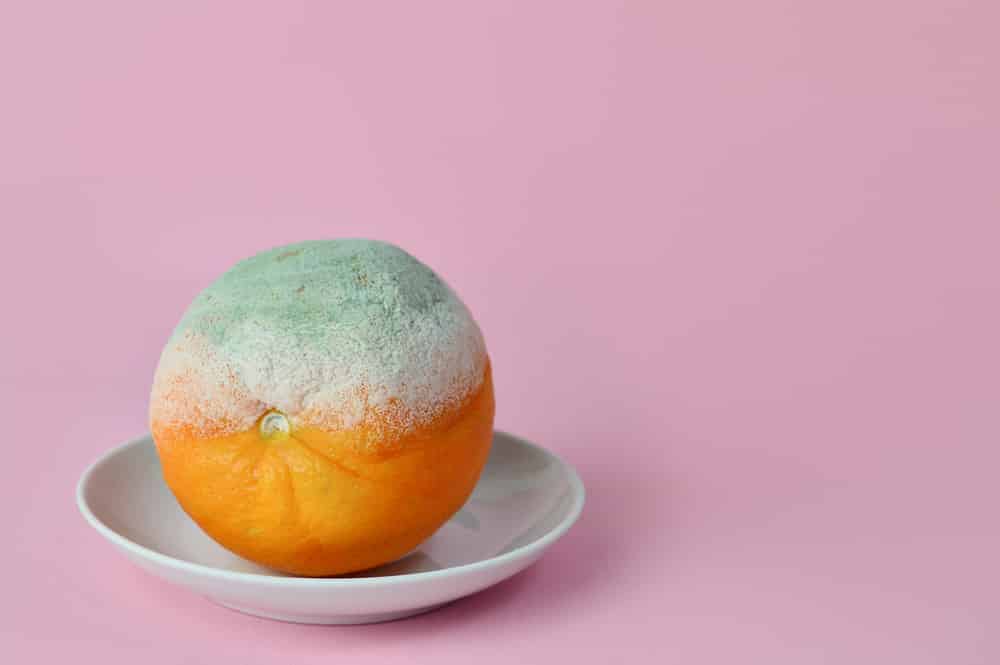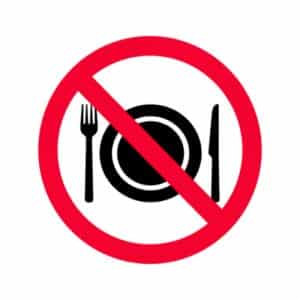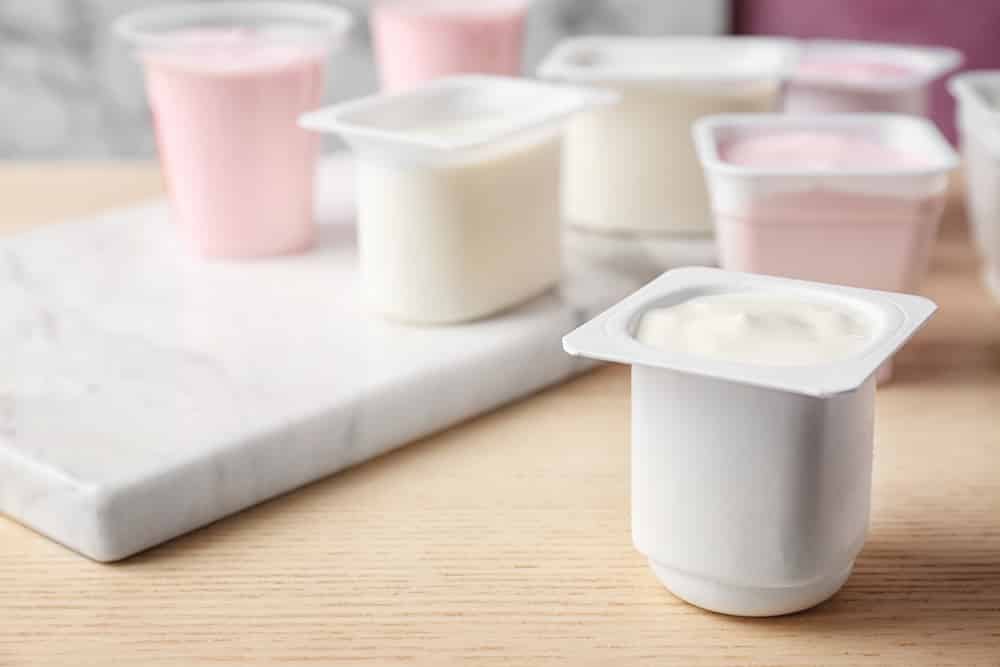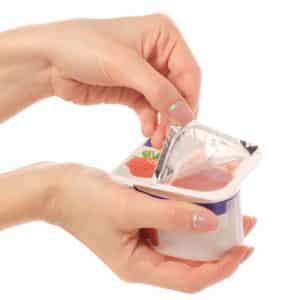
Pink might be a happy color for many people, but it is a bad sign when you find it over the surface of your yogurt. Because unflavored yogurt is so versatile, most of us keep it in our refrigerators.
It’s great as a quick snack when mixed with a bit of fruit or honey, tenderizes meats and poultry before cooking, and is a creamy addition to a smoothie.
Pink mold will form on your yogurt or other foods like cheese, cream, or bread if they are kept beyond their “best before” date or are not stored at a low enough temperature.
Pink Mold On Yogurt
Many people wonder why such slight pink coloration appears on their yogurt. Is it dangerous to health or is it still safe to consume?
In this article, we will give you information about what the pink mold is, why it forms, and if it’s safe for consumption. Stay with us!
What Is Pink Mold? Why Does It Grow On Food?
Yogurt turning pink is a sure sign of contamination. It may not always be a mold though – it is sometimes a bacteria called Serratia marcescens.
Alternatively, it may be bacteria from the Pseudomonad family. Some outbreaks of food-borne sickness have occurred with Serratia as the cause, so it’s not worth taking a chance by eating it.
The pink color may also be a form of mold and should, therefore, also not be eaten. While some forms of mold like the ones in blue cheese are safe, many are not.
Some people imagine that if they just scrape the mold off the top, the rest will be safe to eat. No! Mold sends invisible root-like filaments down into the rest of the yogurt.
This is the case for all foods containing high amounts of moisture.
Another possibility is that the pink color might be a combination of both mold and bacteria. These two often set up shop together, so please do not consume it.
How Can I Prevent My Yogurt from Going Moldy?
If you’re buying your yogurt in, be sure to check the date of manufacture and the sell-by date. Buy the freshest batch that you can.
Stores often put the new stock towards the back of the refrigerator and the older stock at the front so that it sells first.
It’s worth reaching to the back to find the freshest. Check that the container is sealed with no damage that might allow contamination to get in.
Once you’ve bought it, get it home as quickly as possible in a cooler. It should not remain at room temperature or sit in a hot vehicle.
The lower part of your fridge is the coldest (cold air sinks) so this is where all dairy products need to be stored, including yogurt.
They should never be stored in the refrigerator door area as this is one of the warmest spots. Store the container towards the back of the fridge to avoid temperature fluctuations.
Once the yogurt is opened, use it within three days or discard it. Keep it well sealed to prevent contamination.
Do not allow anybody in your family (or yourself) to eat directly out of the container. Always use a clean spoon and decant your serving into a bowl.
Remember, there are millions of bacteria in your mouth…
If you’re making your own yogurt, it’s vital that all your equipment is properly sterilized before you begin.
Wash your hands well with soap and running water and cover your nose and mouth to prevent contaminating the yogurt when you’re making it.
Remember that many mold spores are airborne, so keep everything covered while your yogurt is being made.
Can I Consume the Yogurt with Pink Mold? Is It Dangerous?
Any food contaminated with bacteria or mold may be dangerous to consume. It is less wasteful to throw the yogurt away than to risk your health.
YES! Consuming a pink-shaded yogurt IS DANGEROUS! It may lead to gastrointestinal, respiratory, or urinary tract issues. Molds have even been linked to autoimmune disease.
Please stay safe and remember that it if in doubt, throw it out! It’s always less wasteful to throw a portion of food away than to end up in the hospital emergency room.
Related Video:





